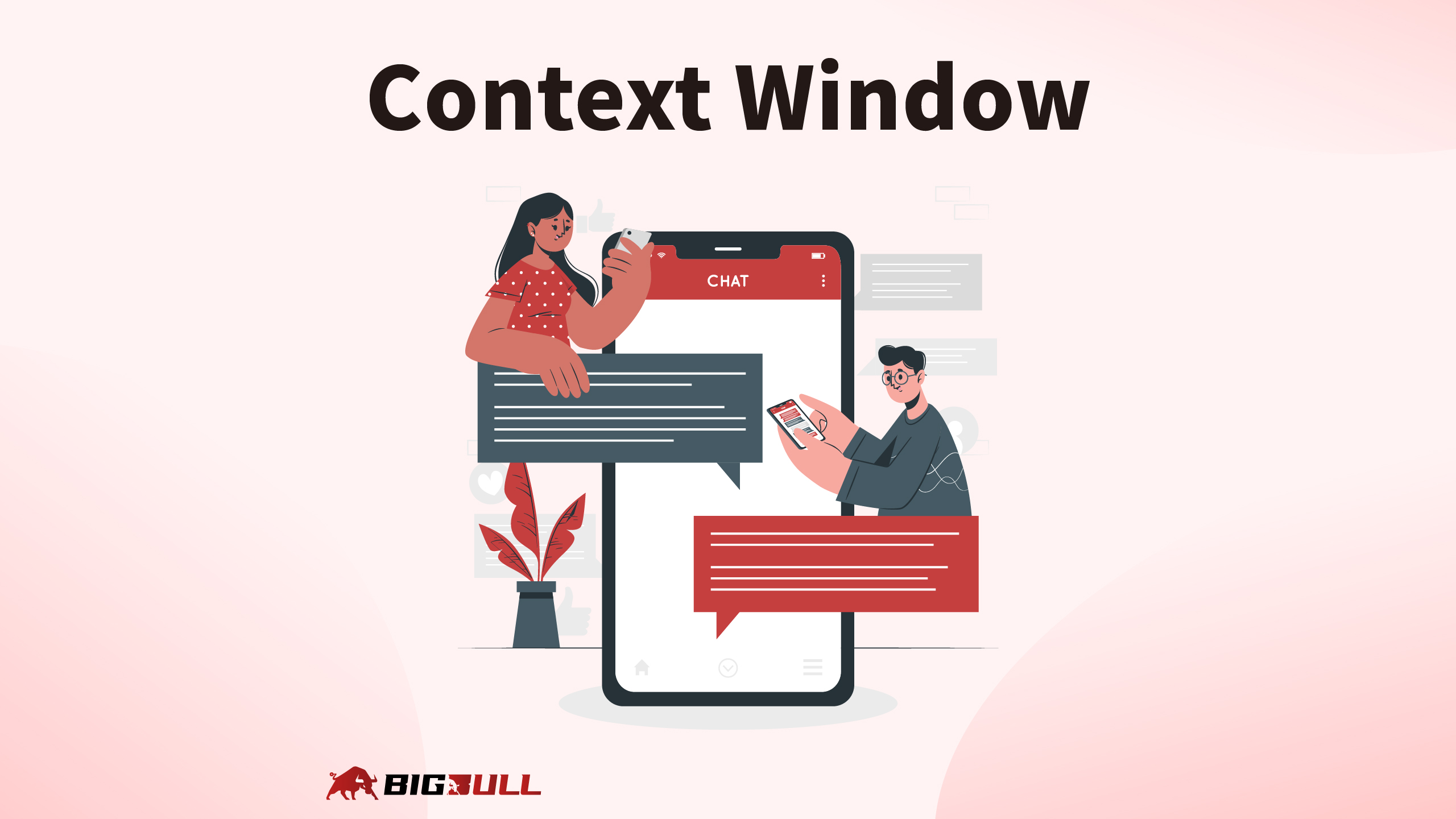Understanding Context Windows and Their Impact on Generative AI Performance
The Context Window is a critical factor determining whether a generative AI model can effectively handle multi-turn conversations and long-form text processing. It defines the maximum number of tokens a model can process in a single request, including input tokens, output tokens, and inference tokens. This concept significantly influences AI model performance, computational cost, and application efficiency.
In this guide, we’ll explore how context windows work, best practices, and advanced prompt engineering strategies to maximize AI efficiency and cost-effectiveness.
What is a Context Window?
A context window refers to the maximum number of tokens a generative AI model can handle in a single request, covering three main types:
- Input Tokens: User-provided messages (e.g., a question or instruction).
- Output Tokens: AI-generated responses.
- Inference Tokens: Tokens consumed during the model’s reasoning and response planning process.
For example, Claude 3 offers a 200K-token context window, enabling it to process complex and data-heavy tasks. However, exceeding this limit results in truncated outputs.
How Context Windows Work
Context windows define the model’s memory capacity for processing long-form content and multi-turn dialogues. Here’s how they function:
- Token Limits: The total count of input, output, and inference tokens cannot exceed the window limit.
- Truncation Mechanism: If tokens exceed the context window, excess content gets cut off, potentially affecting response accuracy.
- Multi-Stage Processing: Effectively managing token usage is crucial for maintaining context across multi-stage tasks.
Because of these constraints, carefully crafting AI prompts is essential to optimize token consumption and prevent wasted resources.
How Context Windows Impact AI Performance & Applications
A larger context window directly enhances AI capabilities in the following ways:
- Enhanced Text Processing: Supports longer, more detailed input, improving response accuracy.
- Higher Computational Costs: Larger context windows increase processing costs, requiring a balance between performance and budget.
- Multi-Turn Conversation Consistency: Allows AI models to retain longer conversation histories, leading to more cohesive responses.
For reference, 1 million tokens can process:
- 50,000 lines of code
- 8 complete English novels
- Transcripts of over 200 podcast episodes
This highlights the power of generative AI in handling long-form text processing.
Best Practices for Using Context Windows
To maximize efficiency, follow these best practices:
- Optimize Input Content: Remove irrelevant details to minimize token waste.
- Control Output Length: Set response length limits to conserve tokens.
- Multi-Stage Processing: Use lower-cost models for initial filtering before engaging high-performance models for complex processing.
For further insights, refer to the ChatGPT API Pricing Guide, Claude API Pricing Guide, and Gemini API Pricing Guide.
Advanced Prompt Engineering for Context Windows
Fine-tuning prompt structures can boost response accuracy and reduce token consumption:
- Place Long Text at the Beginning: Positioning 20K+ tokens of input at the top of a prompt improves accuracy.
- Put Queries at the End: Studies show placing questions at the prompt’s end improves response quality by 30%.
- Use Structured Data Formats: Applying XML tags (e.g., <document_content> and <source>) enhances model comprehension.
- Reference Key Content: Guide the model to prioritize relevant sections, reducing irrelevant information.
BigBull Technology’s AI Model Integration API
BigBull Technology offers a versatile AI model integration API, supporting leading models such as OpenAI’s GPT series and Anthropic’s Claude.
With our API, businesses can seamlessly switch between models and optimize token utilization for cost-effective AI operations.
FAQ: Common Questions About Context Windows
Q1: How can I efficiently manage tokens within a context window?
A1: Minimize input/output size, use structured prompts, and apply multi-stage processing.
Q2: What are the benefits of long-context prompts?
A2: Improves AI performance in multi-document analysis, especially with structured content and optimized query placement.
Q3: How do different AI models compare in context window size?
A3:
- Claude 3 supports 200K tokens.
- GPT-4o has a smaller window, making it less ideal for long-form processing.
Choose a model based on application needs.
Conclusion: Maximizing Context Window Efficiency
A context window is a key factor in AI performance, impacting response accuracy, cost-efficiency, and model selection.
By leveraging optimized prompts, structured input, and AI model selection, users can unlock the full potential of generative AI.
Why Choose BigBull Technology?
BigBull Technology specializes in AI and multi-cloud solutions, providing businesses with scalable, cost-effective AI management. Our platform integrates AWS, Google Cloud, Alibaba Cloud, and more, allowing seamless access to leading AI APIs such as ChatGPT, Claude, Gemini, and Llama.
🔹 Enhance IT infrastructure
🔹 Optimize cloud costs
🔹 Automate AI operations
🚀 Looking for an AI or multi-cloud management solution? BigBull Technology is your trusted partner!



